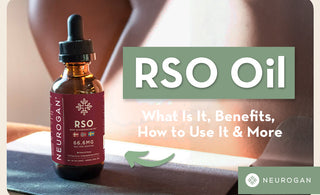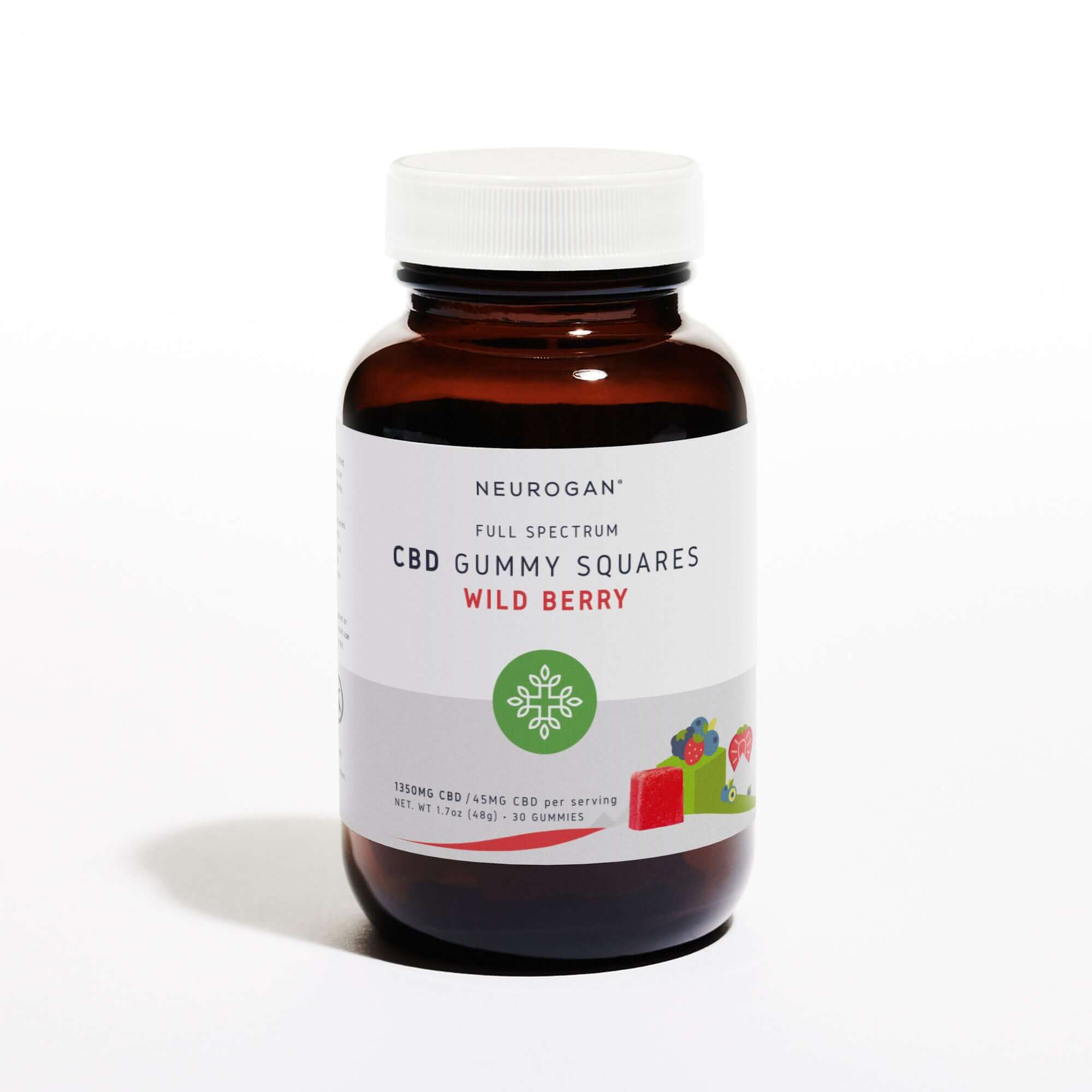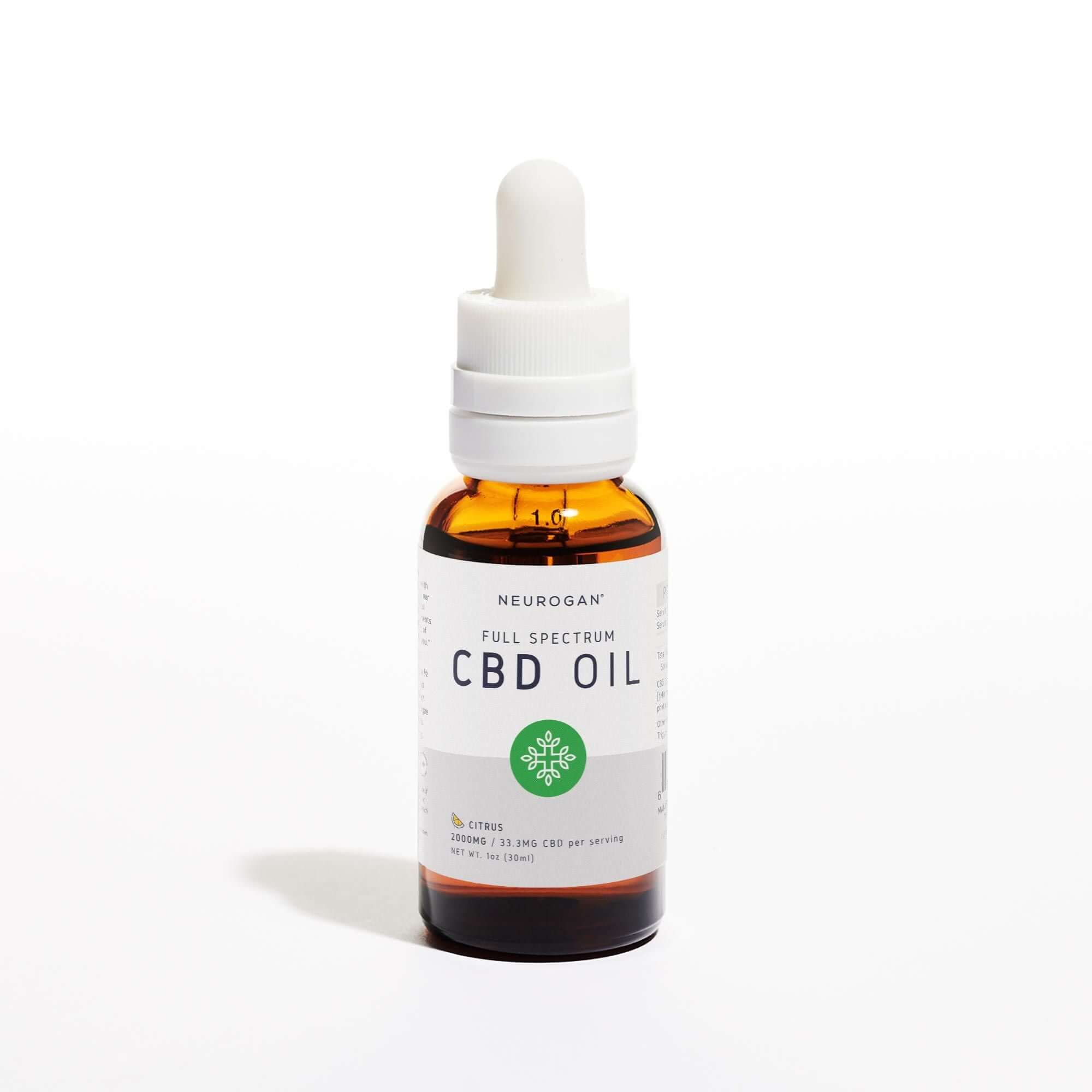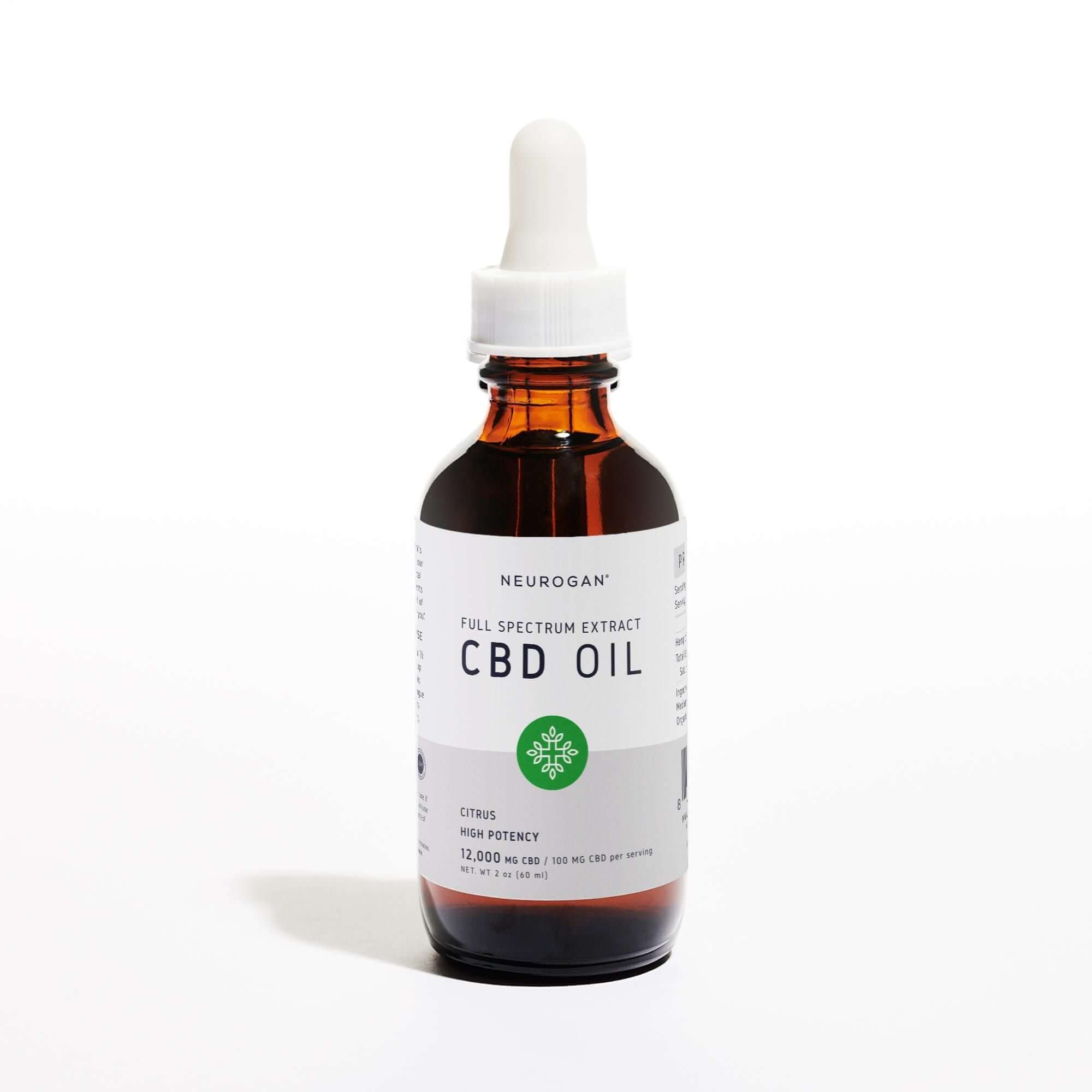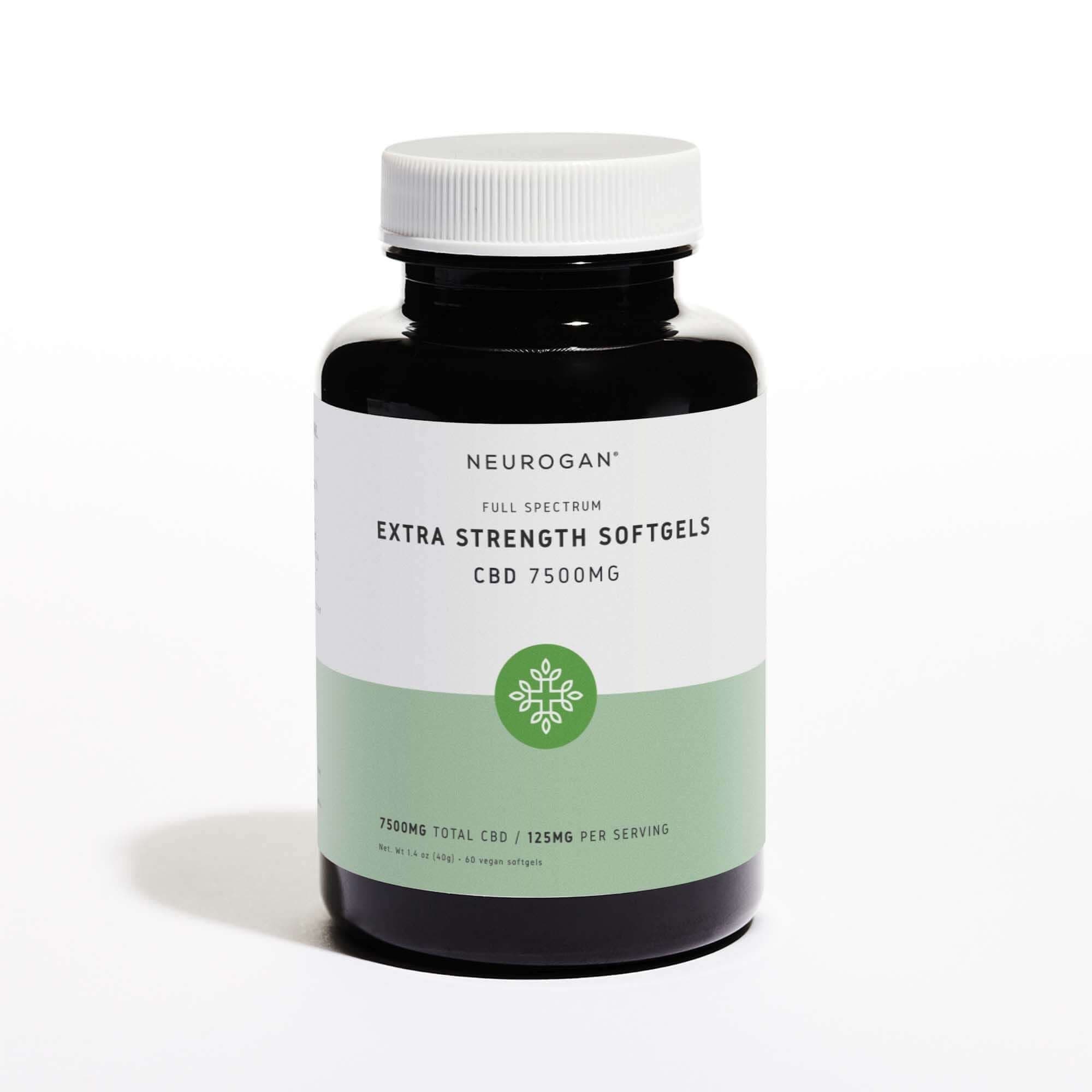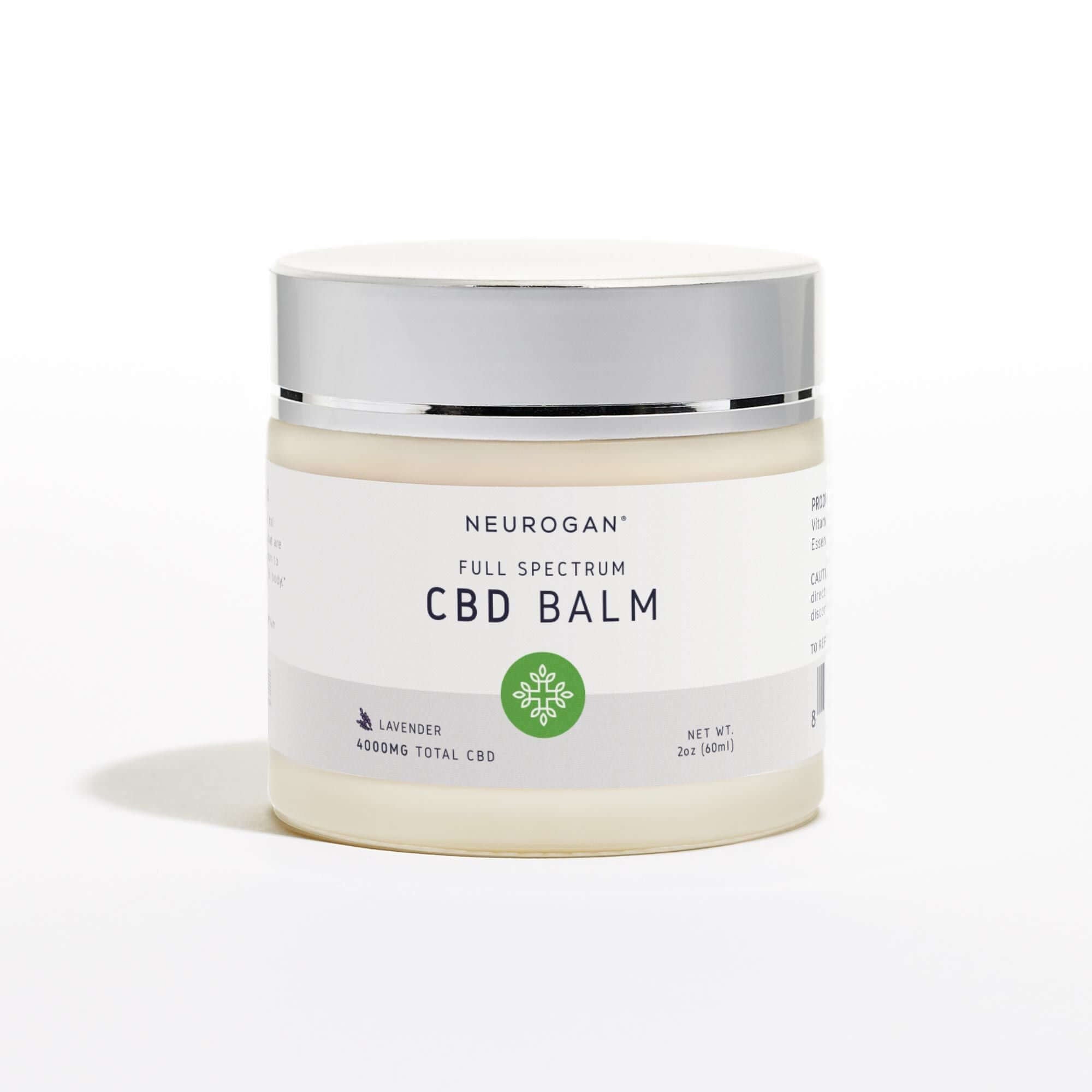In this article, we'll unpack the journey of Rick Simpson Oil, from its roots to its potential benefits.
What is RSO?

Rick Simpson Oil (RSO) is a potent cannabis extract named after Rick Simpson, a Canadian engineer and medical cannabis activist.
Simpson’s journey with RSO began after a traumatic fall, leading him to seek relief through medicinal cannabis.
However, his own encounter with skin cancer truly spotlighted RSO's potential. By applying this cannabis extract to his skin lesions, Simpson claimed they disappeared within days. Thus, the legend of RSO was born.
RSO distinguishes itself from other cannabis oils due to its thick, honey-like consistency and high THC (tetrahydrocannabinol) content.
This crude, full extract contains everything from the original plant, from cannabinoids, terpenes, waxes, fatty acids, and chlorophyll, which gives it its consistency. While there are other forms of cannabis oils available, RSO remains unique in its preparation, potency, and purported benefits.
What are the Benefits of RSO?

While Rick Simpson's personal testimonies have stoked global interest, it's essential to approach RSO with an evidence-based perspective, so let's have a closer look at the potential benefits of RSO and cannabis oil.
RSO and Cancer Research
In 2003, Simpson was diagnosed with basal cell carcinoma, a form of skin cancer. After recalling a study that suggested THC, the primary psychoactive component in cannabis, could kill cancer in mice, he felt inspired.
As a form of self-experimentation, he produced his cannabis extract from the marijuana plant and applied it to his cancerous spots.
According to Simpson, within days, the cancer cells' growth disappeared. While this claim remains controversial and is not universally accepted within the medical community, the purported success of this treatment spread like wildfire, leading to a surge of interest in the potential benefits of cannabis concentrates.
More recent research has shown that cannabinoids may have anti-tumor potential by disrupting the cell cycle of cancer cells, which can prevent the rapid proliferation of malignant cells, a hallmark of cancer [1].
Most of these preclinical studies were performed in vitro (in a petri dish) or in vivo (in animals), not in humans. Clinical trials are necessary to confirm these potential benefits in human populations.
RSO for Pain Relief
RSO, with its potent concentration of cannabinoids, is among the extracts that have been studied for its analgesic properties, particularly in chronic pain scenarios. Again, while personal accounts are abundant, rigorous scientific research is ongoing.
At the heart of cannabis's potential therapeutic effects is the body's endocannabinoid system. This complex cell-signaling system plays a role in regulating a range of functions, including pain sensation. Cannabinoids from cannabis, such as THC and CBD, interact with the ECS, specifically the CB1 and CB2 receptors, which can modulate pain signaling, reducing perceived pain [2].
Some cannabinoids, notably CBD have demonstrated anti-inflammatory effects, potentially reducing pain at its source. By reducing inflammation, there’s less activation of pain receptors in the affected areas.
Another way of using RSO for pain is by altering one's perception of pain. THC, in particular, has psychoactive effects that can alter pain perception. While this doesn’t necessarily remove the source of the pain, it can make the pain feel less intense or bothersome.
RSO for Anxiety
The ECS plays a role in regulating mood and emotional responses. Imbalances in this system might contribute to anxiety disorders. Cannabinoids in RSO, like THC and CBD, interact with the ECS, potentially restoring balance and thereby modulating anxiety.
Of the cannabinoids, CBD has been particularly noted for its potential anxiolytic effects. Some studies suggest that CBD can reduce symptoms of anxiety by acting on serotonin receptors in the brain, which are crucial for mood regulation [3].
While THC can provide euphoria and relaxation for some, it can also lead to increased anxiety and paranoia in others, especially in high doses. The balance of THC and CBD in RSO can influence its overall effect on anxiety.
How to Use RSO
Understanding how to use RSO effectively is key to maximizing its potential benefits. Rick Simpson Oil, or RSO, might come with a somewhat intimidating appearance, being a thick, dark oil. But don't let that fool you. It's incredibly versatile and can be adapted to suit different preferences and needs.
- Ingestion: You can directly consume the Rick Simpson oil by placing it under the tongue for a few moments before swallowing. This method, known as sublingual administration, allows quicker absorption into the bloodstream. But with its thick consistency and strong terpene flavor, this is not always the most palatable option.
- Topical Application: RSO can be applied directly to the skin. When used this way, it doesn’t enter the bloodstream but interacts with localized cannabinoid receptors.
- Smoking or Vaping RSO: Some users choose to smoke or vaporize RSO. It's crucial to note that RSO is highly concentrated, so if you opt for this method, you'll need a smaller amount than other cannabis products. While smoking or vaping can offer faster effects due to direct inhalation into the lungs, it's also essential to be aware of the potential risks associated with inhalation. The high heat can degrade certain beneficial compounds, and inhaling any product always carries inherent risks to lung health.
- Modern Formats with RSO tinctures and Gummies: With the ever-evolving cannabis industry, RSO also comes in more user-friendly formats like oils and gummies. These formats make dosing a tad more straightforward. For instance, RSO gummies often come with a set amount of RSO per piece, offering a more consistent dosage. And the oils? They can be dropped under the tongue or added to your favorite beverage in more precise doses and don't have such a strong grassy flavor.
How to Dose RSO

While the flexibility of RSO is one of its charms, dosing can be a bit tricky. Given RSO's potency and concentrated nature, understanding how to dose it correctly is crucial for both safety and efficacy.
Everyone's body is different, and what works for one person might not work for another. This is why it's always a good idea to start with a small amount and adjust based on how your body responds.
When working with the concentrated RSO, The Rice Grain Method is a popular recommendation for first-time RSO users, where you'd start with an amount equivalent to half a grain of rice.
Remember that pure RSO is highly concentrated, but not all RSO products have the same concentration of THC or CBD. Some may be more potent, while others might contain lower amounts, so you should always refer to the product label and third-party lab tests to understand the cannabinoid content.
Over time, as the body becomes more accustomed, the dose can gradually increase every few days until you find a dose that suits your needs.
If you use RSO-infused gummies or tincture, the dosing might be more straightforward as the mg of each cannabinoid is much more transparent.
To find your ideal RSO dose, begin with the smallest amount, typically around 5 mg for most people, though some might opt to start as low as 2 mg.
For those with prior experience and weighing over 200 lbs, a starting dose of 10 mg could be appropriate.
Once you've taken your initial dose, give it 90 minutes to see if you feel any effects. If you don't notice anything, consider taking an additional half of your original dose. Continue adjusting and gauging your response until you pinpoint the right dose for you.
How Long Does RSO Last?
The effects of RSO can last anywhere from 3-7 hours, but various factors can influence the length of its effects. When ingested, as is commonly done with RSO, the effects tend to manifest more slowly as it needs to be processed by the digestive system first. However, once they set in, they often last longer than other modes of consumption, potentially extending for several hours.
People metabolize foods and drinks differently, but the same applies to RSO. An individual's metabolism can either hasten or prolong the onset and duration of RSO's effects. This includes age, body weight, overall health, and genetic factors.
For those new to RSO or any cannabis product, being mindful and observant is essential. Start with a small dose and monitor your reactions closely. Everyone's experience with RSO is unique, so finding a dose and frequency that works best for you is crucial.
Where to Buy Rick Simpson Oil
When you hear "Rick Simpson Oil," you might imagine the original concoction created by Rick Simpson himself. However, in today's expansive cannabis market, true Rick Simpson Oil is somewhat elusive. Yet, there's no shortage of products labeled as "Rick Simpson"-style oils. But what does this mean?
A "Rick Simpson"-style oil refers to any raw, unheated cannabis extract closely resembling the original. This potent, thick oil often comes in a syringe, allowing users to measure minuscule amounts, typically the size of a grain of rice, which is often the recommended starting dose.
Given the intricacies of extracting cannabis oil, not all processes are clean and safe. Some methods may leave residual solvents, which can be harmful if ingested. Therefore, when planning to buy RSO or any RSO-style product, always prioritize those accompanied by third-party lab tests. These tests ensure that the product you're purchasing is free of any contaminants and verifies its potency.
Where to Buy Rick Simpson-Style Oil
Your access to more traditional RSO may vary depending on where you live. Because RSO comes from high-THC marijuana plants, RSO is only available in states that have legalized medical marijuana or recreational cannabis. In such states, you can typically find these products in licensed dispensaries.
RSO prices usually range from 60 to 100 dollars per one gram, but it depends on the quality of the buyer.
Hemp-derived RSO oil might be more accessible. Since hemp contains 0.3% THC or less, hemp-derived products, including RSO-style oils, can be purchased online and shipped to most locations. It offers a similar experience without the pronounced psychoactive effects associated with higher THC levels.
While the original Rick Simpson Oil may be hard to come by, several authentic, high-quality "Rick Simpson"-style oils are available. To find where to buy RSO, you can look online or at licensed dispensaries, depending on local regulations.
Resources:
- Chakravarti, B., Ravi, J., & Ganju, R. K. (2014). Cannabinoids as therapeutic agents in cancer: current status and future implications. Oncotarget, 5(15), 5852.
- Russo, E. B. (2008). Cannabinoids in the management of difficult to treat pain. Therapeutics and clinical risk management, 4(1), 245-259.
- Melas, P. A., Scherma, M., Fratta, W., Cifani, C., & Fadda, P. (2021). Cannabidiol as a potential treatment for anxiety and mood disorders: molecular targets and epigenetic insights from preclinical research. International journal of molecular sciences, 22(4), 1863.




